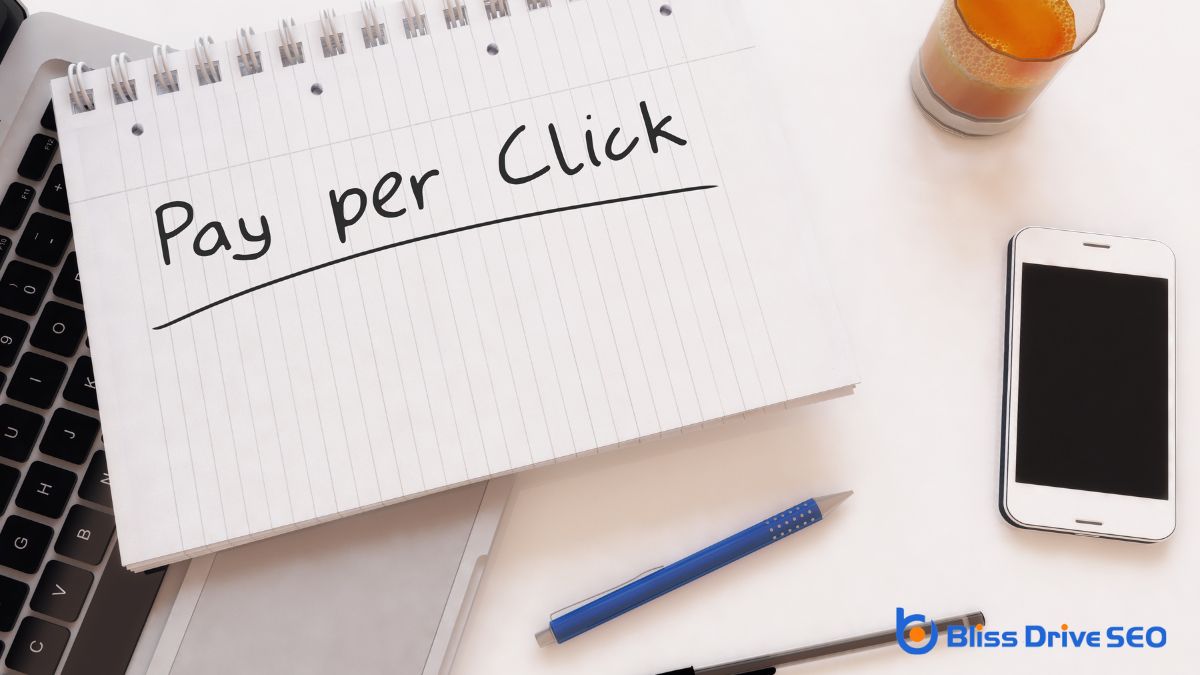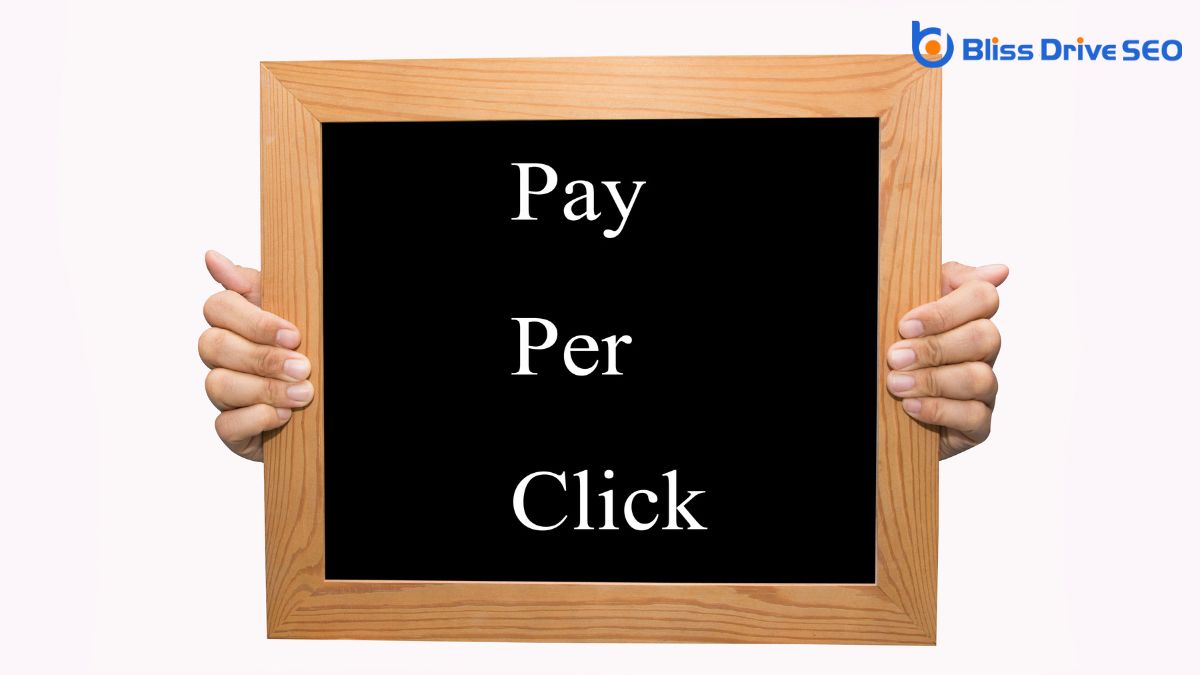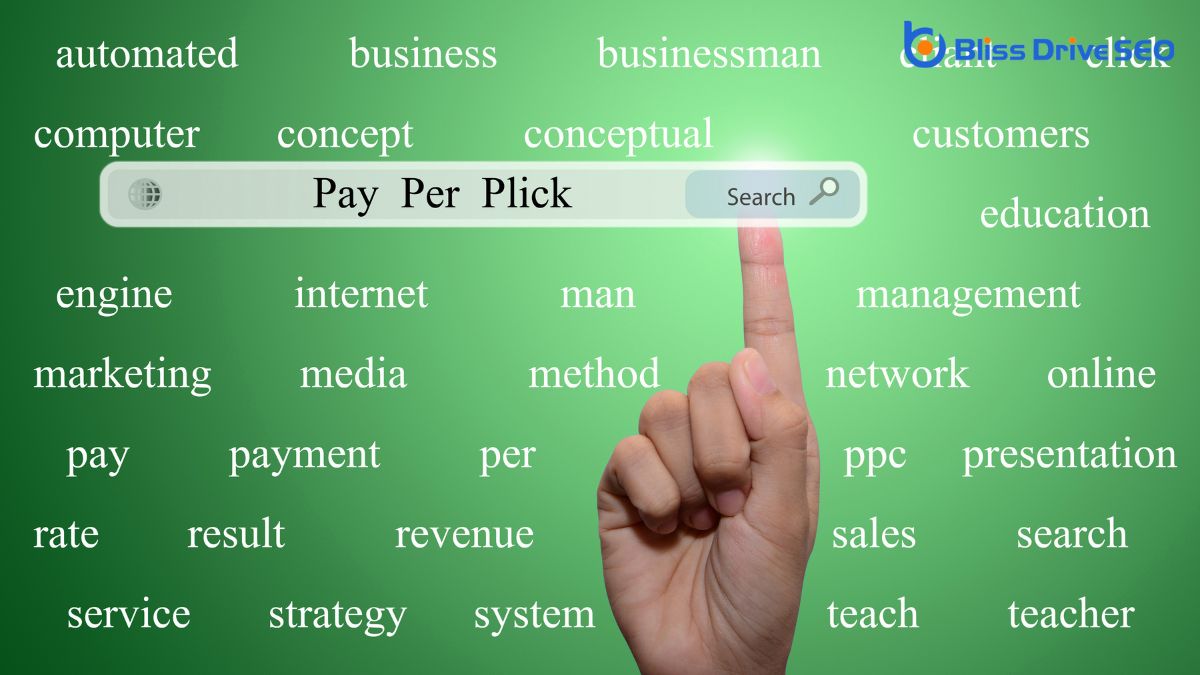Digital Marketing Services
Learn More About Us

A PPC strategy is about reaching and engaging the right audience through paid ads. You control your budget, selecting keywordsWords or phrases that users type into search engines to find information. that potential customers use. Craft ad copyThe text or content of an advertisement. that catches interest and motivates clicks. Monitor metrics like CTR and CPC to fine-tune your approach. It's crucial to set a budget and bidding strategy that aligns with your goals. Optimize continuously for better results. Discover how to elevate your PPC efforts to new heights.

When diving into the world of digital marketing, it's crucial to grasp the fundamentals of PPC (Pay-Per-Click)An online advertising model where advertisers pay a fee each time their ad is clicked. advertising. At its core, PPC lets you pay for ad placementsSpecific websites or locations within websites where ads can appear. where you only get charged when a user clicks on your ad. This method gives you control over your advertising budget and allows you to measure results effectively.
You choose keywords that relate to your business and bid on them, aiming for your ad to show up when users search for those terms. Crafting compelling ad copy and selecting the right keywords are critical steps to guarantee success.
Understanding PPC metrics like CTR (Click-Through Rate) and CPC (Cost Per Click)The amount an advertiser pays each time a user clicks on their ad. helps you refine your strategy. Mastering these basics can greatly boost your digital marketing efforts.
To effectively identify your target audience in PPC advertising, start by understanding their demographics and psychographics.
Use behavioral targetingCustomizing content and offers based on users' past behavior and interactions with a website. techniques to track their online actions and preferences.
Then, apply audience segmentationThe process of dividing a market or customer base into distinct groups with similar characteristics.... strategies to tailor your campaigns and reach the right people at the right time.
Understanding your target audience's demographics and psychographics is essential for crafting a successful PPC strategy. By examining these factors, you can tailor your ads to resonate with your audience.
Start by analyzing basic demographics, such as age, gender, and location, which help determine who your audience is. Then, explore psychographics to understand their interests, values, and lifestyles. This knowledge allows you to create more relevant and engaging ad content.
Consider:
Behavioral targeting techniques are pivotal in honing in on your ideal audience. By observing how users interact with your website or other online platforms, you can tailor your PPC campaigns to reach those most likely to engage.
Start by tracking actions like page visits, clicks, and time spent on specific pages. This data reveals users' interests and behaviors, helping you understand what they're looking for.
Use this information to craft ads that resonate with their needs and desires. For instance, if someone frequently visits a product page without purchasing, consider offering a special discount.
You can also retarget ads to remind users of items they've shown interest in. By focusing on behavior, you'll create more relevant and effective ads, increasing conversion rates.
A successful PPC strategy hinges on effective audience segmentation. By understanding who your ideal customers are, you can tailor your ads to reach the right people, maximizing your return on investment.
Start by defining your target audience based on demographics, interests, and behaviors. Consider using tools like Google AnalyticsA web analytics service offered by Google that tracks and reports website traffic. to gain insights into your audience's preferences and habits.
Here are three key strategies to segment your audience effectively:
How do you guarantee your PPC campaigns reach the right audience? It starts by choosing the right keywords.
Keywords act as a bridge connecting your ads to potential customers. Begin with brainstorming relevant terms that your audience might use when searching for your product or service. Use tools like Google Keyword Planner to discover keyword volume and competitiveness.
Don't overlook long-tail keywordsLonger, more specific keyword phrases that are less competitive and often more targeted.; they might've lower search volume, but they often leadA potential customer referred by an affiliate who has shown interest in the product or service but h... to higher conversion rates because they're more specific. Regularly analyze your keyword performance and refine your list based on data.
Avoid broad terms that deplete your budget without meaningful results. Precision in keyword selection enhances your campaign's effectiveness, ensuring your budget is spent wisely, and your audience finds you.
Effective ad copy is the heart of a successful PPC campaign. When crafting your ad copy, focus on capturing attention, sparking interest, and driving action. You want your message to stand out and resonate with your audience.
Start by understanding your target market and their pain points. Use this insight to create messages that align with their needs and desires.
Consider these tips to enhance your ad copy:
Maneuvering the world of PPC requires a keen understanding of how to set a budget and develop a solid bidding strategy. Start by determining how much you're willing to spend.
Consider your overall marketing budget and allocate a portion to PPC. It's essential to prioritize your goals—whether it's brand awarenessThe extent to which consumers are familiar with the qualities or image of a particular brand. or conversions—and align your budget accordingly.
Next, explore bidding strategies. Choose between options like manual bidding, where you control each bid, or automated bidding, which adjusts based on your goals. Test different strategies to see which works best for your campaign.
Once you've set a budget and chosen a bidding strategy, it's important to monitor and analyze your campaign's performance. This helps you understand what's working and what isn't.
Regularly check key metrics to confirm you're on track. Focus on:

To truly maximize your PPC campaign's potential, you must focus on optimizing and refining your strategy regularly. Start by analyzing your keywords, ad copy, and landing pages to see what's working and what's not. Make data-driven adjustments to improve your Quality ScoreA metric used by Google Ads to measure the relevance and quality of keywords and ads. and reduce costs. Test different ad variations and use A/B testingA method of comparing two versions of a web page or app against each other to determine which one pe... to find the best performers.
| Aspect | Action | Goal |
|---|---|---|
| Keywords | Review and adjust | Improve relevance |
| Ad Copy | A/B testing | Increase engagementThe interactions that users have with a brand’s content on social media. |
| Landing Pages | Optimize design | Boost conversion rate |
To wrap it up, mastering a PPC strategy requires a mix of understanding the basics and constantly refining your approach. Identify your target audience and select the right keywords to reach them effectively. Craft compelling ad copy that resonates and set a budget that aligns with your goals. Keep an eye on performance metricsKey indicators used to measure the effectiveness of affiliate marketing efforts, such as clicks, con... and be ready to adjust your strategy as needed. By staying proactive and adaptive, you'll maximize your PPC campaign's success.
